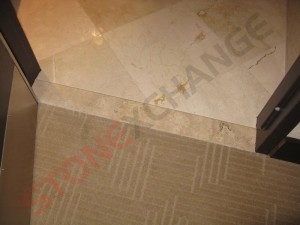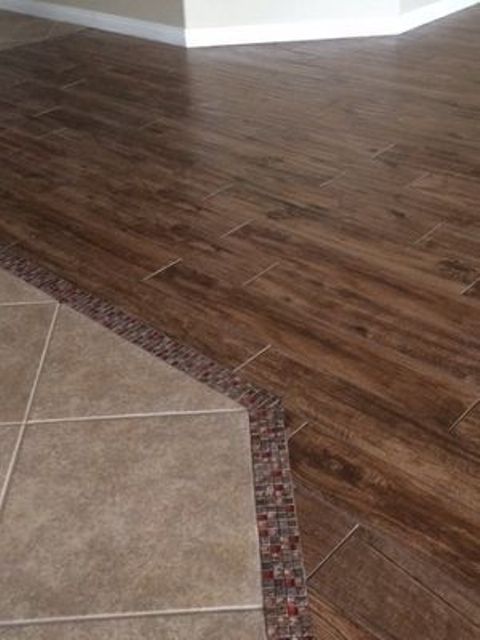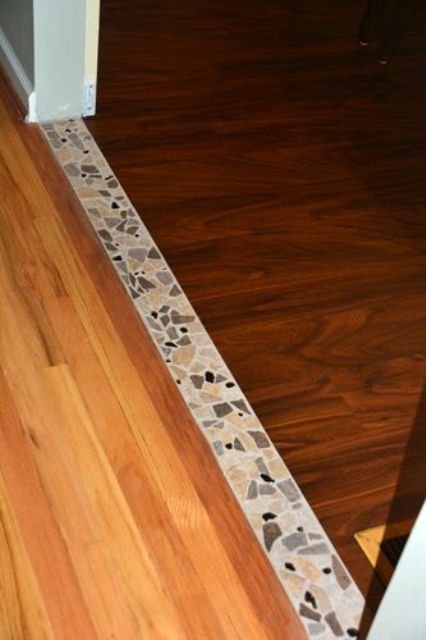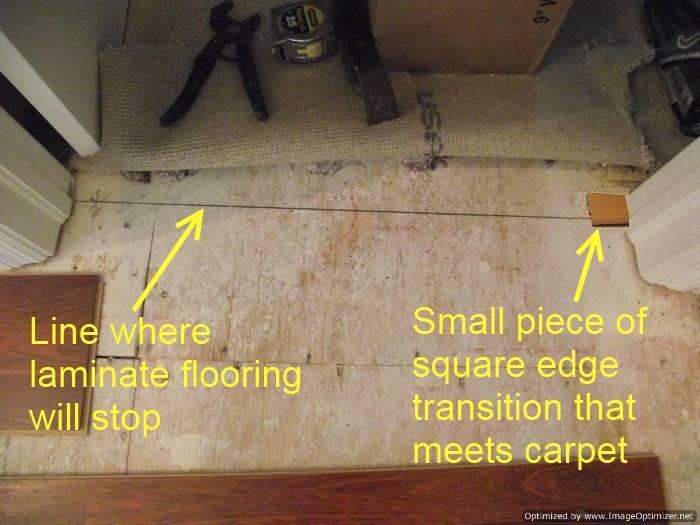A marble floor transition piece provides a sophisticated solution for joining different flooring surfaces. These marble thresholds create seamless transitions between rooms while adding a touch of luxury to any space. Available in various finishes like polished, honed, or tumbled, they complement both traditional and contemporary interiors. The natural stone’s durability withstands heavy foot traffic, making it ideal for high-use areas. Transition pieces also serve a practical purpose by covering expansion gaps and preventing tripping hazards. Their weight and stability help maintain a clean, finished look between flooring materials of different heights.
Choosing the right marble transition involves considering both aesthetics and functionality. Matching the marble’s veining and color to existing flooring creates a cohesive design flow. For dramatic contrasts, selecting a complementary hue makes the transition a deliberate design feature. Standard sizes typically range from 2 to 4 inches wide, with custom options available for unique spaces. Bullnose or beveled edges provide smooth, safe transitions between surfaces. The marble’s natural variations ensure each piece is unique, adding character to the installation while maintaining structural integrity.
Installation methods vary based on the flooring types being joined. For tile-to-tile transitions, thin-set mortar provides a secure bond to both surfaces. When connecting to hardwood or laminate, construction adhesive offers flexibility while maintaining hold. Professional installers often recommend leaving a small expansion gap beneath the marble to accommodate seasonal movement. Proper sealing before installation protects the porous stone from stains and moisture damage. While DIY installation is possible, precise measurements and cutting marble require specialized tools for best results.
Maintaining marble transition pieces ensures their longevity and appearance. Regular dusting and occasional damp mopping with pH-neutral cleaners preserve the stone’s finish. Immediate cleanup of spills prevents staining, especially with acidic substances like wine or citrus juices. Reapplying penetrating sealer every 1-2 years maintains protection against moisture and wear. For polished marble, avoiding abrasive cleaners keeps the surface glossy. These simple care routines protect the investment while keeping transitions looking pristine between different flooring materials.
The benefits of marble transition pieces extend beyond mere functionality. Their natural elegance elevates the overall design, creating intentional visual breaks between spaces. The stone’s thermal properties make it comfortable underfoot in temperature-varying areas. Unlike metal or wood transitions, marble won’t warp, rust, or show scratch marks over time. While slightly more expensive than synthetic options, its durability and timeless appeal offer long-term value. Whether used in residential or commercial spaces, marble transitions provide a luxurious yet practical solution for flooring changes.
Marble Step Transition Into Sunken Living Room – Flooring – Contractor Talk
Ways And Examples To Ease The Floor Transition – DigsDigs
Where to End Laminate at Doorways
Related Posts:






